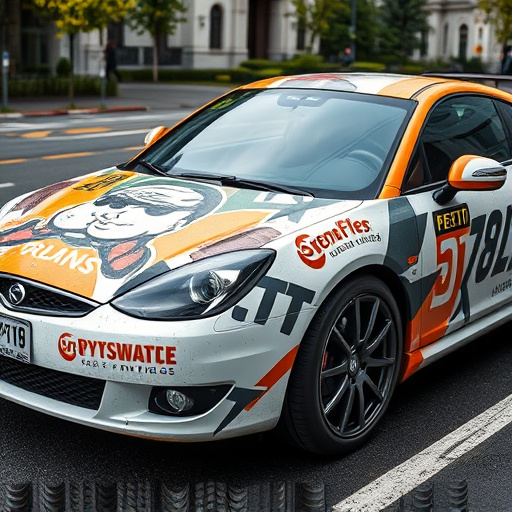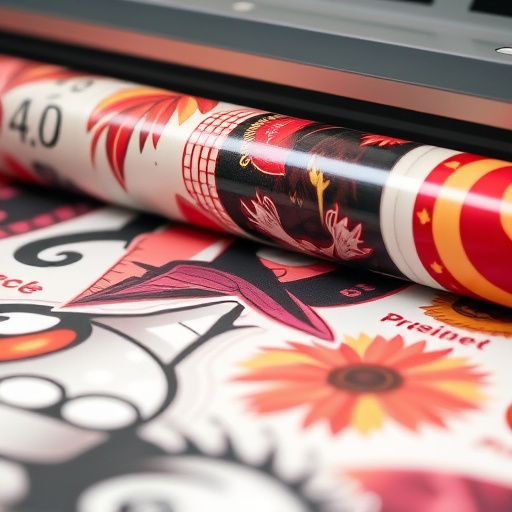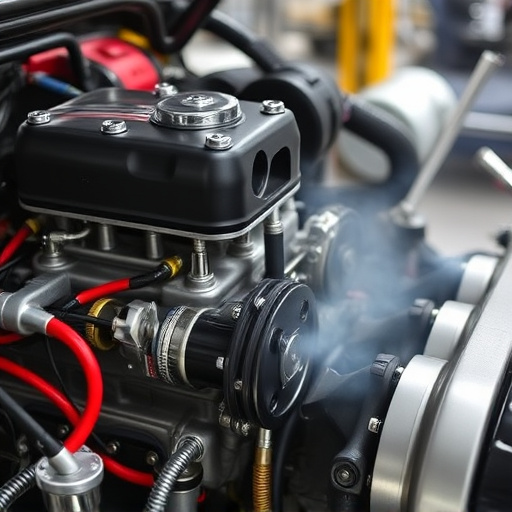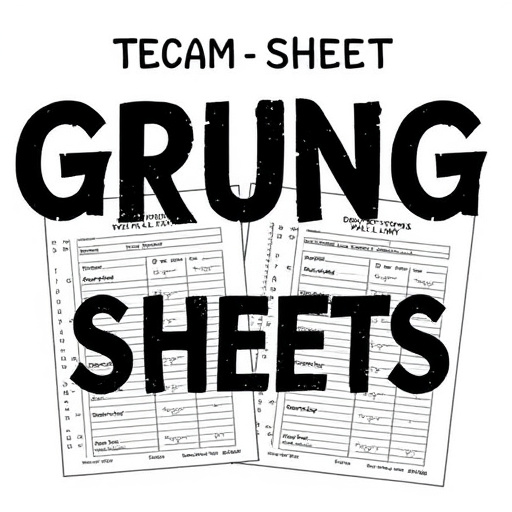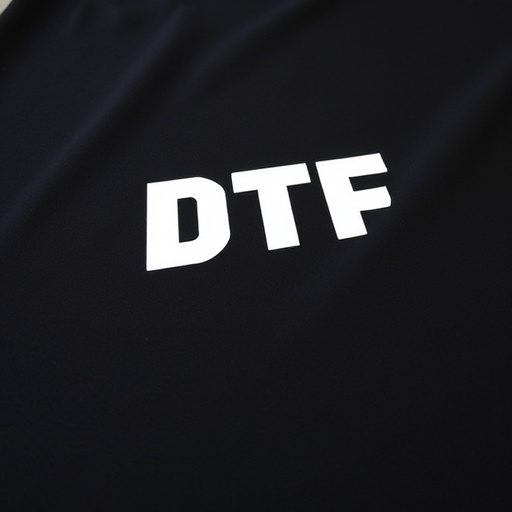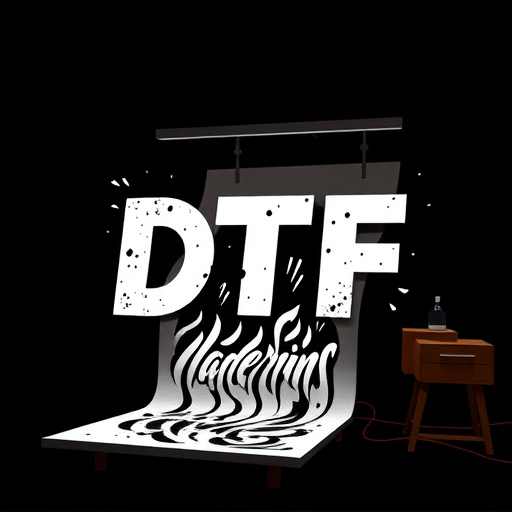The DTF Heat Press is a versatile tool for creating custom designs on textiles using precise heat and pressure to transfer images from sheets. Adjusting temperature (180°C/356°F – 205°C/401°F) based on fabric type ensures high-quality prints without damaging the material's structure. Mastering timing, temperature, and pressure settings is crucial for crisp, indelible designs, with experimentation leading to consistent exceptional transfers.
Unleash your creativity with the DTF Heat Press, a game-changer in the world of printing. This versatile tool allows you to master various materials by fine-tuning three key settings: temperature, time, and pressure. In this comprehensive guide, we’ll take you through the basics of DTF (Direct to Fabric) heat pressing, help you understand material-specific temperature adjustments, and provide insights on optimal time and pressure settings for perfect results.
- Understanding DTF Heat Press Basics
- Adjusting Temperature for Different Materials
- Mastering Time and Pressure Settings
Understanding DTF Heat Press Basics

The DTF (Direct to Fabric) Heat Press is a versatile and efficient tool for creating custom designs on various materials, especially textiles. It’s a process that allows for precise application of heat and pressure to transfer images from dtf transfer sheets onto fabrics, resulting in high-quality prints. This technology has revolutionized the way we produce personalized apparel, home decor items, and more.
At its core, the DTF Heat Press operates by clamping a fabric between two plates—a lower and an upper plate—and then applying heat and pressure to fuse the design from the transfer sheet onto the fabric. The key parameters to adjust are time (the duration of heat application), temperature (the level of heat applied), and pressure (the force exerted during the press). Balancing these variables is crucial for achieving optimal dtf prints, ensuring the design is crisp, vibrant, and long-lasting on the chosen material.
Adjusting Temperature for Different Materials
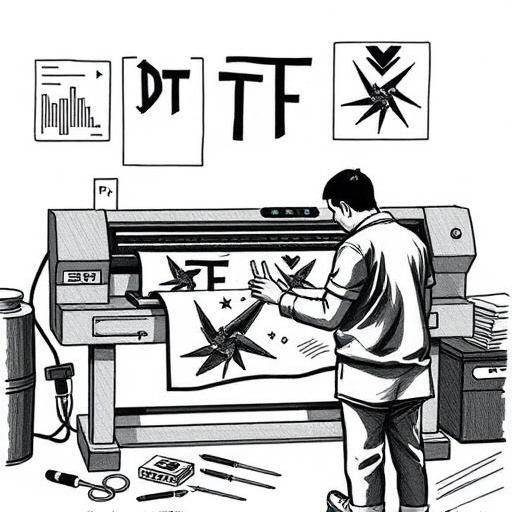
When using a DTF (Direct-to-Fabric) Heat Press for custom graphic tees or logos, adjusting the temperature is key to achieving crisp, high-quality results. Different materials require distinct heat settings; cotton, for instance, needs lower temperatures around 180°C (356°F), while polyester may demand higher temperatures around 205°C (401°F). This adjustment ensures the material softens without melting or damaging its structure.
For clothing brands utilizing DTF transfer sheets, understanding these variations is essential. Experimenting with temperature settings allows for optimal transfer of designs onto various fabrics, be it cotton, polyester blends, or even nylon. The goal is to infuse the design while preserving the fabric’s integrity, making your custom graphic tees or logos stand out with vibrant colors and precise details.
Mastering Time and Pressure Settings
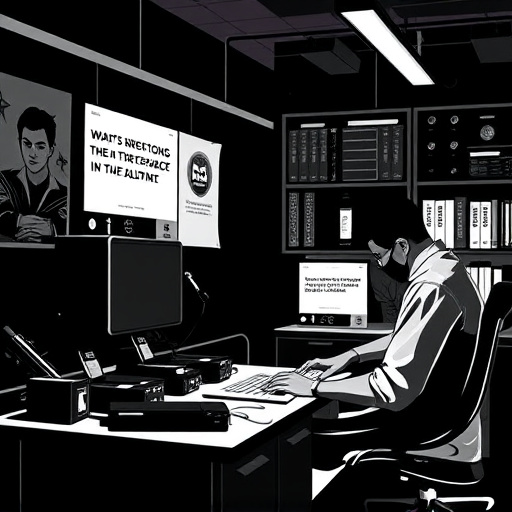
Mastering the timing and pressure settings on your DTF Heat Press is a game-changer for achieving crisp, high-quality transfers. The key lies in understanding the interplay between time, temperature, and force. Generally, longer press times at higher temperatures and pressures will ensure complete fusing of the dtf heat transfer paper to the substrate, resulting in vibrant, indelible designs. However, overdoing it can lead to excess melting or even burning of the material.
Experimentation is crucial for finding the sweet spot. Start with the manufacturer’s recommended settings as a baseline and adjust from there based on factors like the type of fabric, paper thickness, and desired print quality. Keep notes during your tests to track what works best for various materials. This precision will enable you to consistently produce exceptional direct-to-film transfers using your DTF Heat Press, setting your creations apart with their durability and visual appeal.
A DTF Heat Press is a versatile tool that requires precise adjustments for optimal performance. By understanding the basics, mastering temperature settings for diverse materials, and finding the perfect balance of time and pressure, you can achieve exceptional results with your DTF Heat Press. These simple yet crucial adjustments will enable you to navigate the machine’s capabilities and create high-quality products efficiently.
